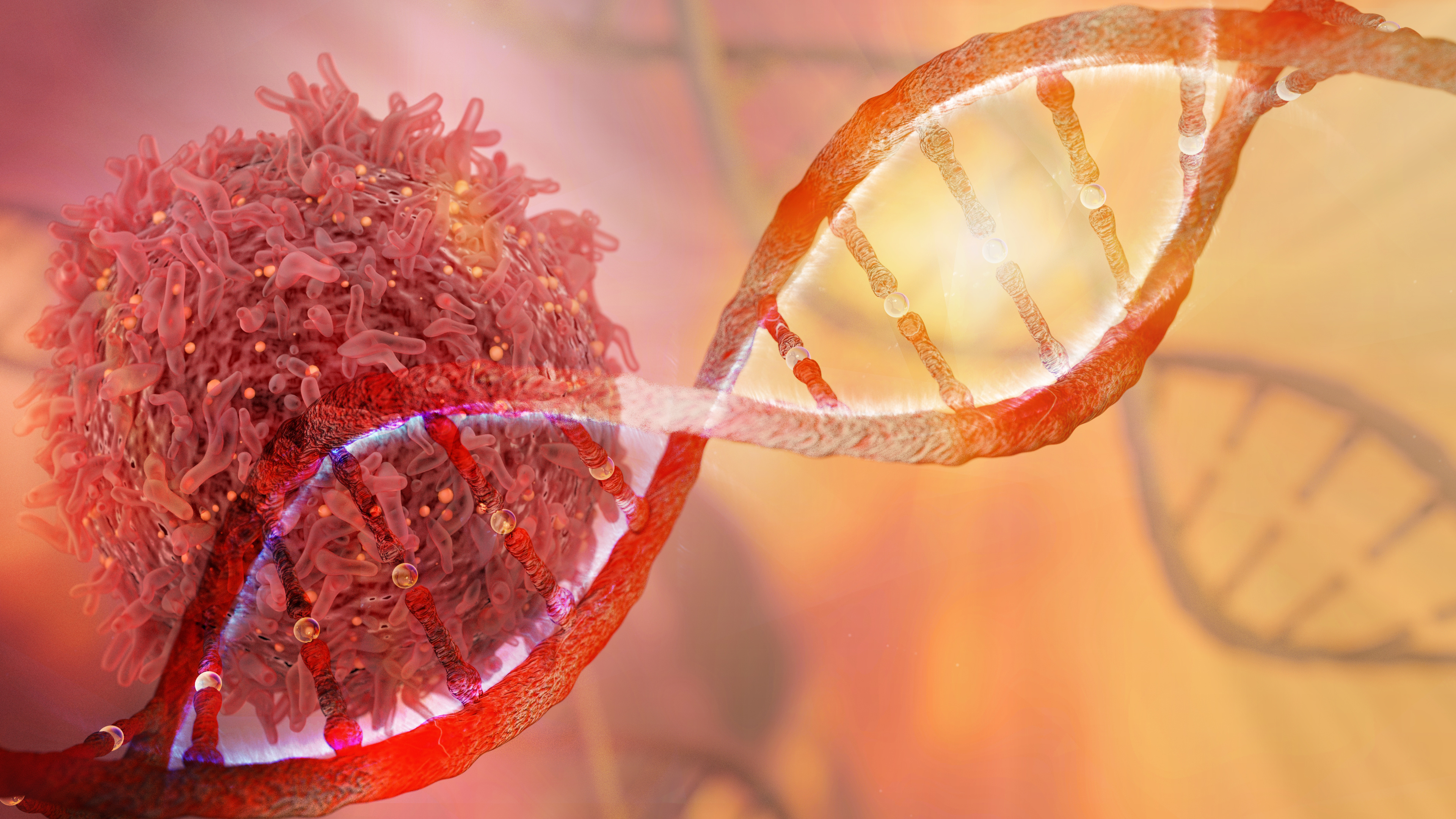

Dr. J. Nathan Hagstrom, MD
Hematologist (Pediatric) | Pediatric Hematology-Oncology
1210 S Cedar Crest Blvd Suite 1000 Allentown PA, 18103About
Dr. J. Nathan Hagstrom is a compassionate pediatric hematologist-oncologist based in Allentown, Pennsylvania. As the Chair of the Department of Pediatrics at Lehigh Valley Reilly Children’s Hospital, he specializes in treating various conditions, including leukemia, lymphoma, hemophilia, Von Willebrand disease, thrombosis, thrombophilia, and bleeding disorders in girls and women. Dr. Hagstrom is known for his exceptional patient care and forming meaningful partnerships with his patients and their families. He is a board-certified pediatric hematologist-oncologist by the American Board of Pediatrics and has a Master of Science degree in Health Care Management from Harvard T.H. Chan School of Public Health. Before joining Lehigh Valley Reilly Children’s Hospital, he served as an Associate Professor in Pediatrics at the University of Connecticut School of Medicine.
Dr. J. Nathan Hagstrom, MD's Videos
Education and Training
University of Vermont Bachelor of Science degree in Electrical Engineering 1987
Robert Larner, M.D. College of Medicine at The University of Vermont MD 1992
Harvard T.H. Chan School of Public Health Master of Science degree in Health Care Management 2014
Board Certification
American Board of Pediatrics - Certified in Pediatric Hematology-Oncology
American Board of Pediatrics - Certified in Pediatrics
Provider Details

Dr. J. Nathan Hagstrom, MD's Expert Contributions
My daughter had an accident and after her surgery she is pale. What can we do?
When someone appears pale, it could be a sign of anemia or dehydration. Make sure she's well hydrated and consider having her seen by a health care professional. READ MORE
What could be the cause of low hemoglobin levels for my son?
A low hemoglobin indicates anemia. A recent viral infection is the most common cause for mild anemia in children. No treatment is needed, and the hemoglobin returns to normal in 2-4 weeks. Iron deficiency is the second most common and can be confirmed with blood tests. If confirmed, then treatment with oral iron is needed. READ MORE
What is the treatment for thalassemia?
There are different types of thalassemia. Management is based on the baseline hemoglobin and the child's overall health. Mild anemia is common in people with thalassemia minor, but in most cases no treatment is needed. For thalassemia intermedia and major management by a hematologist is recommended. READ MORE
Should I worry
There are a number of possibilities. Infections are the most common cause of these types of issues in children. Some turn out to be viruses and no treatment is necessary, and things resolve with time. Other infections turn out to be treatable. Testing, and sometimes further testing is needed to figure out if there is a treatable infection. Autoimmune disease is another possibility, and also can take further testing to either diagnose or rule out. A malignancy isn't likely, but testing should be able to rule that out. READ MORE
My son has thalassemia minor. How can we increase his hemoglobin levels?
The hemoglobin in people with thalassemia minor are often just below normal. Our bodies can compensate for these mildly low hemoglobins, so there should be little if any impact on energy levels and health. Usually there is nothing that needs to be done to increase the hemoglobin. READ MORE
What's the chance my child will have hemophilia A?
Yes, hemophilia A is genetic. All female children of your grandfather will be carriers for mild hemophilia. They will have a 50% chance of passing it on to their children. So, if the grandfather with hemophilia is the father of your mother, then yes, you could be a carrier and have passed it on to your children. If you pass it on to a boy, then they will have mild hemophilia. READ MORE
Do you use local anesthesia for a bone marrow biopsy?
A bone marrow biopsy is often done using sedation rather than anesthesia. The procedure is relatively quick and with local analgesia, pain is usually tolerable. However, many do choose to have sedation as well. We especially use sedation for children have a bone marrow biopsy. READ MORE
How can I raise my child's iron level?
The best approach is by increasing the iron in her diet. Meat related food as a good amount of iron, which includes eggs and fish. Non-meat foods containing iron include iron fortified cereal, beans, and dark leafy vegetable including kale, and spinach. READ MORE
CBC test result question.
I would recommend you talk to your primary care provider about the results. Having “high” or “low” next to percentages of the different types of white cells doesn’t necessarily mean that they’re abnormal. Infections can sometimes cause elevations that are transient. READ MORE
Dengue fever blood problems
After an infection sometimes the platelet count will go up as a reactive process to the infection. An increase in platelets can be a sign of recovery. READ MORE
Should I give iron supplements to my daughter when she starts her periods?
It’s a good idea for menstruating girls and women to ensure they are taking in enough iron in their diet. If dietary intake isn’t sufficient then a multivitamin with iron daily or an iron supplement 3 times a week is a good substitute. READ MORE
Could pale fingernails be a sign of iron deficiency?
Yes. Pale skin or pale nail beds can be a sign of anemia. I would recommend she be seen by a health care professional. READ MORE
Expert Publications
Data provided by the National Library of Medicine- Improved muscle-derived expression of human coagulation factor IX from a skeletal actin/CMV hybrid enhancer/promoter.
- Role of vector in activation of T cell subsets in immune responses against the secreted transgene product factor IX.
- Posttranslational modifications of recombinant myotube-synthesized human factor IX.
- Risk and prevention of anti-factor IX formation in AAV-mediated gene transfer in the context of a large deletion of F9.
- Factor V Leiden and intracranial hemorrhage.
- Gene therapy for hereditary hematological disorders.
- Gene therapy for treatment of inherited haematological disorders.
- A single-institution experience with treatment of severe acute chest syndrome: lack of rebound pain with dexamethasone plus transfusion therapy.
- Do children with sickle cell disease receive disparate care for pain in the emergency department?
- Use of low-dose ketamine infusion for pediatric patients with sickle cell disease-related pain: a case series.
- Identification of risk factors for an unsuccessful transition from pediatric to adult sickle cell disease care.
- Successful expression of human factor IX following repeat administration of adenoviral vector in mice.
- Stable gene transfer and expression of human blood coagulation factor IX after intramuscular injection of recombinant adeno-associated virus.
- Adeno-associated viral vector-mediated gene transfer of human blood coagulation factor IX into mouse liver.
Faculty Titles & Positions
- Chair of the Department of Pediatrics at Lehigh Valley Reilly Children’s Hospital - Present
Awards
- Regional Top Doctor 2014 Castle Connolly
Fellowships
- Children's Hospital of Philadelphia Pediatric Hematology/Oncology 1998
Internships
- Childrens Hospital at Philadelphia, 1993
Fellowships
- Children\'s Hospital of Philadelphia1998Pediatric Hematology/Oncology
Professional Society Memberships
- Fellow of American Academy of Pediatrics, American Society of Pediatric Hematology/Oncology, American Society of Hematology, Research Society
Areas of research
Leukemia and lymphomaHemophilia and von Willebrand diseaseThrombosis and thrombophiliaBleeding disorders in girls & womenDr. J. Nathan Hagstrom, MD's Practice location
Lehigh Valley Hospital
707 Hamilton Street, 8th Floor -Hamilton, PA 18105Get Direction
LVPG Pediatric Hematology Oncology-Cedar Crest
1210 S Cedar Crest Blvd Suite 1000 -Allentown, PA 18103Get Direction
Lehigh Valley Hospital–Muhlenberg
2545 Shoenersville Road -Bethlehem, PA 18017Get Direction
Dr. J. Nathan Hagstrom, MD's reviews
Write ReviewMedia Releases
Get to know Pediatric Hematologist-Oncologist Dr. J. Nathan Hagstrom, who serves patients in Pennsylvania.
Dr. Hagstrom is a skilled pediatric hematologist-oncologist whose areas of focus include leukemia and lymphoma, hemophilia and Von Willebrand disease, thrombosis and thrombophilia, as well as bleeding disorders in girls & women.
Professionally, he is Chair of the Department of Pediatrics at Lehigh Valley Reilly Children’s Hospital, and practices at LVPG Pediatric Hematology Oncology-Cedar Crest. Both are located in Allentown, Pennsylvania.
Although he is a very busy man, his top priority is the partnership he forms with his patients and their families. Whether he is serenading a child with a song on his guitar or compassionately explaining test results to patients and family members, his empathy shines like a beacon.
With a broad educational background, Dr. Hagstrom graduated with his Bachelor of Science degree in Electrical Engineering from the University of Vermont in 1987. He then went on to earn his medical degree from Robert Larner, M.D. College of Medicine at The University of Vermont in 1992.
Furthering his medical training, he performed a residency in pediatrics and fellowships in hematology and pediatric hematology-oncology at the Children’s Hospital of Philadelphia. He also completed his Master of Science degree in Health Care Management at Harvard T.H. Chan School of Public Health in 2014.
A leader in his field, the doctor is board-certified in pediatrics and pediatric hematology-oncology by the American Board of Pediatrics (ABP). The ABP is an independent, nonprofit organization whose certificate is recognized throughout the world as a credential signifying a high level of physician competence.
Prior to his current endeavors, Dr. Hagstrom served as an Associate Professor in Pediatrics at the University of Connecticut School of Medicine, and as Division Head of Hematology-Oncology at the Connecticut Children’s Medical Center.
Hematology is the branch of medicine concerned with the study of the cause, prognosis, treatment, and prevention of diseases related to blood. Oncology is a branch of medicine that deals with the prevention, diagnosis, and treatment of cancer. Pediatric hematologists/oncologists diagnose, treat, and manage children and teens with the following: cancers including leukemias, lymphomas, brain tumors, bone tumors, and solid tumors; and diseases of blood cells including disorders of white cells, red cells, and platelets.
Recommended Articles
- Home Treatments for Croup
Children, especially the younger ones are prone to have croup. It is a viral infection that causes swelling and inflammation of the vocal cords. Croup is characterized by a bad cough that resembles a barking seal and difficulty in breathing. The virus that causes croup is also the same virus that...
- Possible Causes of Infertility
It almost doesn't make evolutionary sense that a woman's body should have such a difficult time getting and staying pregnant. From the purely evolutionary standpoint, you would actually think the opposite: that a woman's body would make it very simple to get pregnant and to help the baby to safely...
- How Is Leukemia Diagnosed?
Leukemia in its early stages may present no signs or symptoms, as these only appear when the leukemia cells have taken over a large number of normal blood cells. A person with leukemia is very lucky indeed if early-stage detection occurs incidentally, through a routine blood test or one done for...
- Study Finds 3% of Pediatric Non-Hodgkin Lymphoma Cases Are Transplant Recipients
Lymphoma is a blood cancer that affects both children and adults.Lymphoma begins its growth in the lymphatic white blood cells of the lymph system. This system is a major warrior in fighting off infections and diseases. It is part of the body’s immunity team.The lymph system loops throughout the...
- Potential Causes of Leukopenia
IntroductionA decrease in the number of white blood cells (WBCs) is referred to as leukopenia. There are several causes for leukopenia. It may be due to certain drugs, cancer, radiation and chemotherapy for cancer, stem cell transplant, surgery, steroids, or autoimmune disorders. The immune system...
- Purpura
PurpuraPurpura refers to purple-colored spots that are usually seen on the skin, including mucous membranes and other organs. It is also called skin hemorrhages or blood spots.Purpura is usually recognized when there is pooling of blood under the skin due to ruptured small blood vessels. The size of...
Nearest Hospitals
LEHIGH VALLEY HOSPITALl
1200 SOUTH CEDAR CREST BOULVARD ALLENTOWN PA 18105SURGICAL SPECIALTY CENTER AT COORDINATED HEALTHl
1503 CEDAR CREST BOULEVARD ALLENTOWN PA 18104COORDINATED HEALTH ORTHOPEDIC HOSPITALl
2310 HIGHLAND AVENUE BETHLEHEM PA 18017







